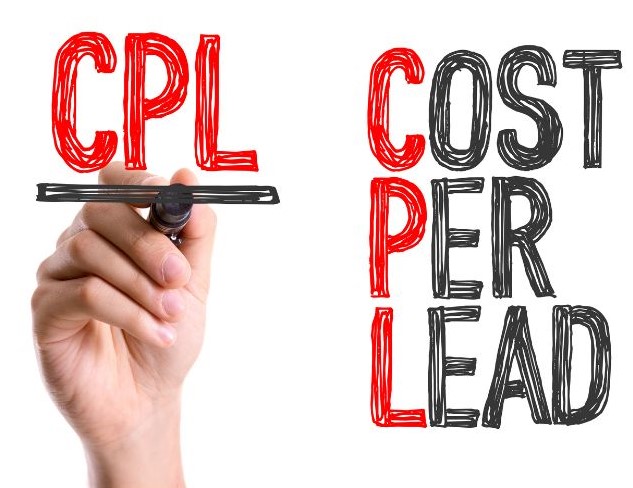Top 3 Things You Must Know to Maximize Your Pest Control Marketing ROI
When it comes to pest control digital marketing, knowledge is power.
To truly benefit from professional marketing services, you need to arm yourself with key insights that will drive your pest control business forward.
Here are 3 critical factors you must understand to maximize your return on investment (ROI) and ensure your marketing efforts yield the best results:


1. Boost Your Website Conversion Rate
Your website conversion rate is the percentage of visitors who take a desired action on your site such as filling out a contact form or calling your business.
This metric is crucial because it directly impacts the effectiveness of your pest control marketing efforts.
Why it Matters: A higher conversion rate means you’re getting more leads from the same amount of traffic, which can significantly reduce your cost per lead and improve your overall marketing ROI.
For example, consider a pest control company that doubles its conversion rate from 3% to 6%—that’s double the leads from the same amount of traffic, potentially halving your cost per lead.
How to Determine It: Calculate your website conversion rate by dividing the number of conversions by the total number of visitors, then multiply by 100.
For example, if you had 1,000 visitors and 50 conversions, your conversion rate would be 5%.
Action Steps to Take:
- Regular Monitoring: Regularly monitor your conversion rate using tools like Google Analytics or other analytics platforms.
- Website Optimization: Improve your conversion rate through better website design, clearer calls-to-action (CTAs) and more compelling content.
- A/B Testing: Conduct A/B testing on different elements of your website such as headlines, images and CTAs to determine what drives the most conversions.
2. Set and Achieve Your Target Cost Per Lead
Your target cost per lead is the maximum amount you’re willing to spend to acquire a new potential pest control customer.
This figure helps you determine which marketing channels are cost-effective and which ones might be draining your budget.
Why it Matters: Knowing your target cost per lead allows you to set realistic budgets for your pest control marketing campaigns and evaluate their performance objectively.
For instance, if your target cost per lead is $50, but your current cost is $100, it’s definitely time to reassess and optimize your strategies.
How to Determine It: Start by considering your average job value, profit margin and customer lifetime value. Then, decide what percentage of that value you’re comfortable spending to acquire a new lead.
Action Steps to Take:
- Cost Calculation: Calculate your current cost per lead across different marketing channels such as Google Ads, social media or SEO.
- Strategy Adjustment: Compare your actual cost per lead to your target and adjust your strategies accordingly to optimize your spending. This could mean reallocating budget from underperforming channels to those delivering better results.
- ROI Analysis: Regularly review your cost per lead in conjunction with conversion rates to ensure you’re maximizing your ROI.


3. Geographic Strong Zones
Your geographic strong zones are the areas where your business performs best, whether due to high demand, less competition or other favorable factors.
Why it Matters: Focusing your marketing efforts on your strongest geographic areas can lead to higher conversion rates and lower costs per lead.
For example, if you notice a cluster of high-value pest control jobs in a specific neighborhood, increasing your marketing efforts there could yield even more profitable leads.
How to Determine It: Analyze your customer data to identify patterns in where your most profitable jobs come from.
Look for clusters of repeat customers or areas with higher average job values. Tools like Google Analytics can be invaluable for this type of analysis.
Action Steps to Take:
- Data Analysis: Use customer data, like zip codes, to pinpoint your strongest geographic zones.
- Targeted Campaigns: Increase your ad spend or SEO focus in these high-performing areas to capitalize on existing demand.
- Local SEO: Optimize your website for local search terms related to these geographic strong zones to attract more customers from these areas.
Continuously Optimize for Long-Term Success
Understanding and implementing these 3 key factors will equip you to make informed decisions about your pest control marketing strategies.
This knowledge will help you collaborate more effectively with marketing services, set realistic goals and ultimately drive more growth for your business.
Remember, successful pest control marketing is an ongoing process of measurement, analysis and optimization. Keep tracking these metrics and adjusting your approach for the best results.
At ROAR! Internet Marketing, our Performance Based Digital Marketing Agency can help transform your pest control digital marketing with proven strategies and techniques. Contact us today to schedule a zero-obligation consultation with our digital marketing experts.

